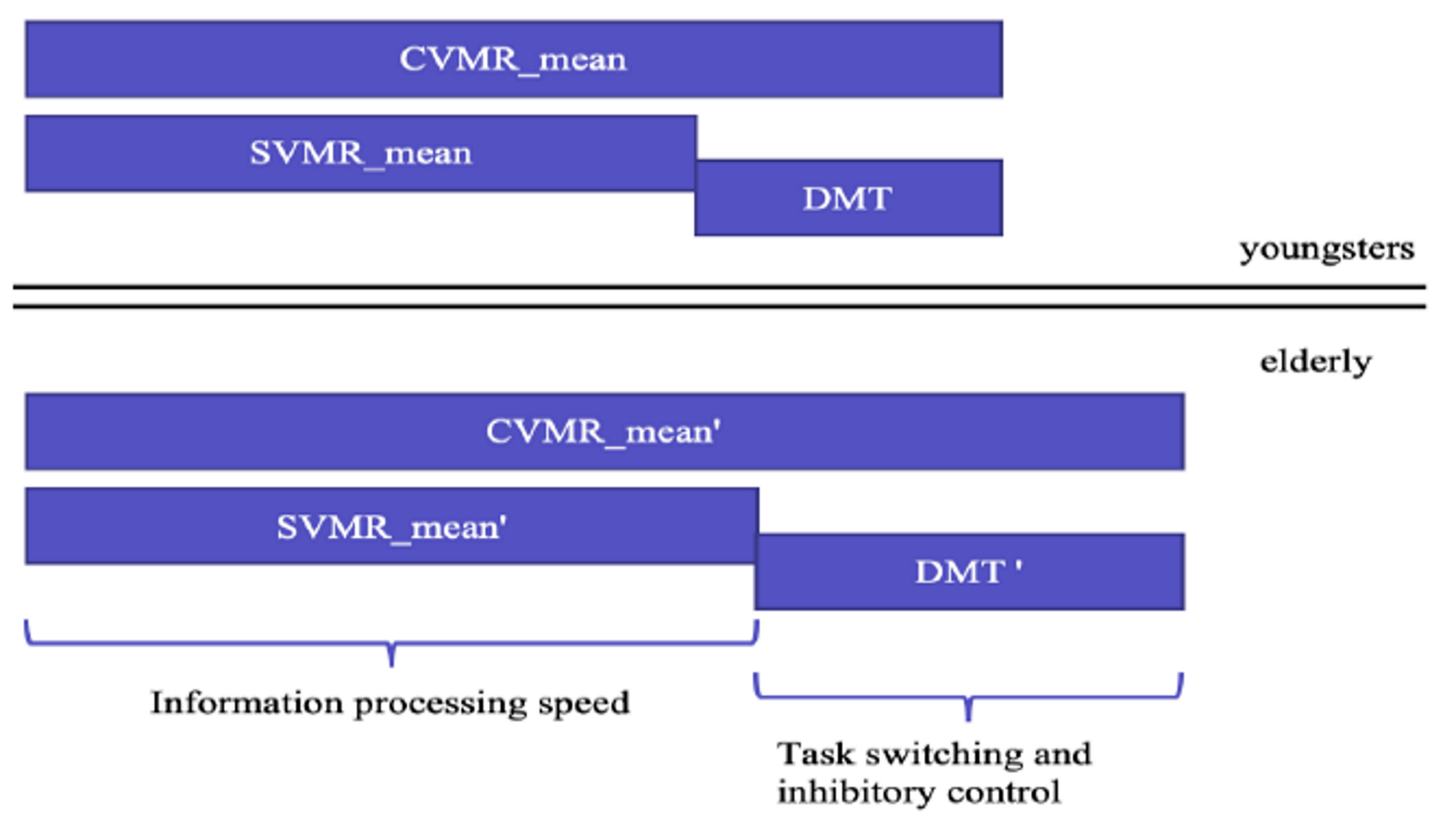Our projects
Prediction of COVID-19 severity
Prediction of COVID-19 severity using laboratory findings on admission. The online tool is intended for educational purposes only. It is meant to familiarize practitioners with the results of research.
 -->
-->
Psychophysiological Outcomes of Brain Atrophy (POBA)
POBA consists of about 100 features reflecting the overall psychophysiological status of examinees. The battery of tests used while collecting it covers diverse aspects of cognitive functioning, both high-level and basic-level ones. It includes the overall number of 231 cases of MRI examination and psychophysiological tests of people of different ages (8-90 years old).

Phycopsyhiological tests
Simple visual-motor reaction (SVMR)
Reaction time (RT) is recorded for a single type of stimuli requiring an identical response. The result of the test is mean RT (SVMR\_mean), which reflects the participants current functional state and indicates overall working capacity, type of temperament, and level of excitability of the central nervous system.

Complex visual-motor reaction (CVMR)
A type of go/no-go test with similar visual and motor components as the SVMR but with two types of stimuli that require different responses. For this reason, it is also called the \textit{complex visual-motor reaction} (CVMR). The mean RT correlates negatively with psychometric measurements of intelligence.

Attention study technique (AST)
To test attention, identical triggering stimuli are presented subsequently in different locations on a computer screen. The mean response time reflects the level of attention to visual objects, stability, concentration of attention, speed of information processing, and work efficiency.

Interference resilience technique (IRT)
In contrast to the previous task, this technique includes additional interfering objects (e.g., circles of different color and size) that overlapping each other and the targeted stimuli, which requires additional time for the participant to notice the triggering signal, and respond. The system calculates the average response time.

Reaction to a moving object (RMO)
A circle appears on the screen with one red and one green colored mark arranged radially. It becomes quickly filled with a yellow color in a clockwise direction from a starting point to the finishing line. The participant responds when the yellow sector passes through the red finishing mark. The result is measured as a mean value of the positive (time delays) and negative values (premature responses).

